Choosing a dog breed can be an exciting yet challenging decision. Many prospective dog owners are drawn to certain breeds because of their looks, popularity, or media portrayal. However, not all breeds are suited for every lifestyle. Some dogs require more time, energy, and resources than the average owner can provide. Before bringing home a new furry friend, it’s crucial to understand the demands and challenges that come with each breed. Here are 12 dog breeds you think you want, but probably shouldn’t get, listed in descending order of their unique challenges.
12. Dogo Argentino
The Dogo Argentino is a powerful and imposing breed, known for its strength and hunting prowess. While their striking appearance can be captivating, these dogs are not for the faint-hearted. They require extensive training and socialization from a young age to manage their natural guarding instincts. Without proper guidance, they can become aggressive and difficult to control. Their high energy levels mean they need plenty of exercise and mental stimulation, which can be challenging for busy owners. The Dogo Argentino is best suited for experienced dog handlers who can commit to their rigorous training needs.
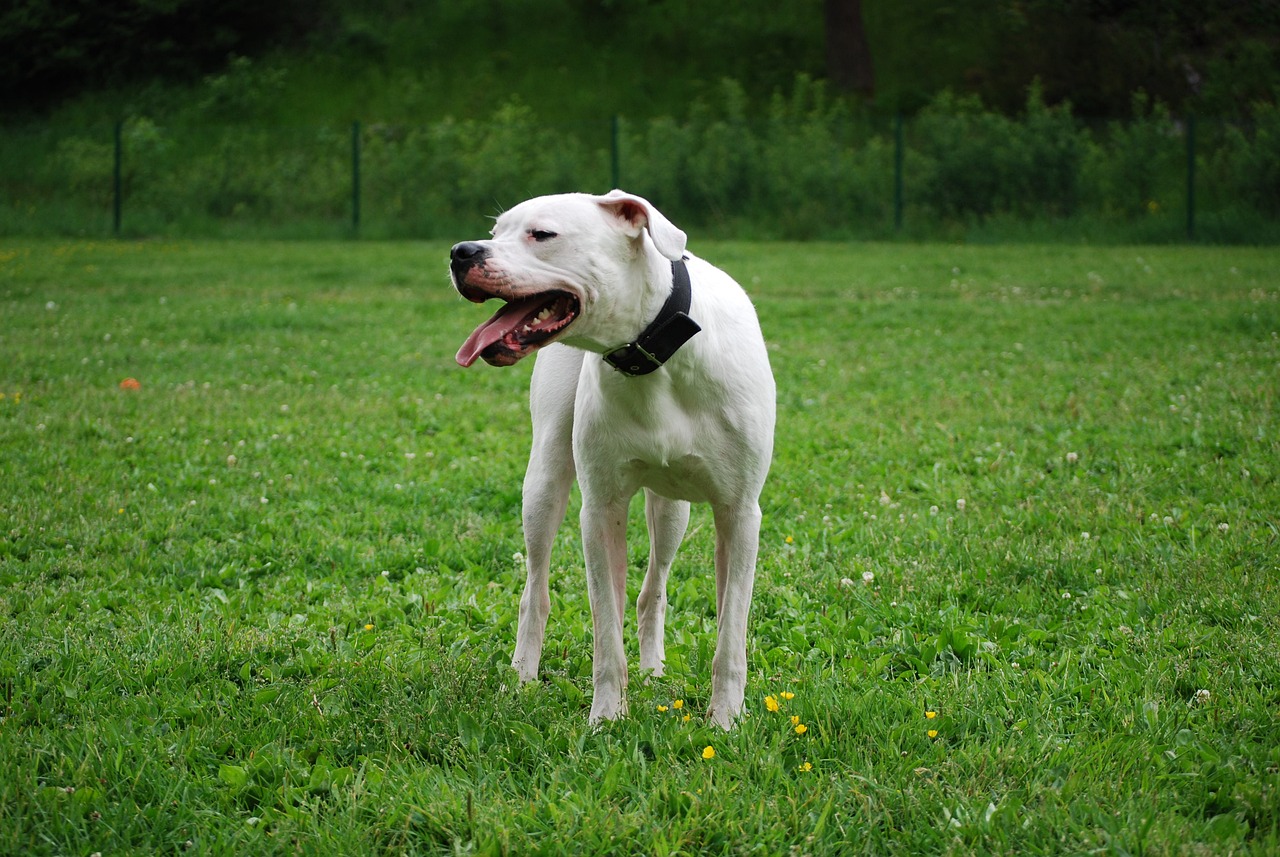
11. Afghan Hound
Afghan Hounds are stunningly beautiful with long, flowing coats and regal bearings. However, their grooming needs are immense. Their coats require daily brushing to prevent matting and regular baths to keep them looking their best. Beyond their grooming needs, Afghan Hounds are known for their independent and aloof nature, which can challenge training. They have a strong prey drive and require a securely fenced yard to prevent them from chasing after small animals. While their beauty is undeniable, their upkeep and independent streak make them a poor choice for the average dog owner.
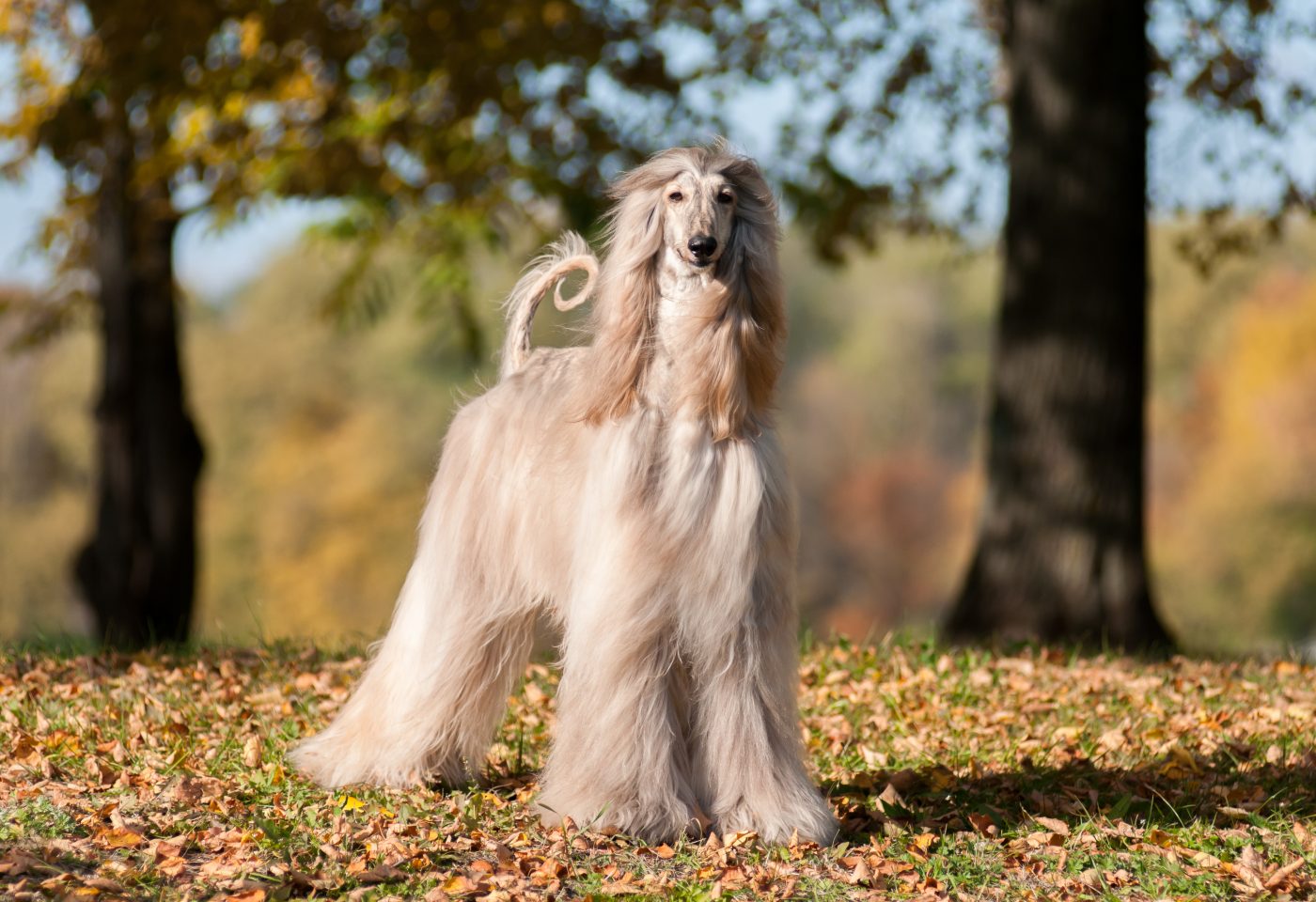
10. Chow Chow
Chow Chows are easily recognizable with their lion-like mane and distinctive blue-black tongues. Despite their adorable appearance, they can be incredibly aloof and stubborn. Chows are known for being independent and sometimes downright cat-like in their behavior. They require consistent training and socialization to prevent them from becoming overly protective or aggressive. Their thick double coat also needs regular grooming to prevent matting and reduce shedding. Chow Chows can be wonderful pets for the right owner, but their aloof nature and grooming needs can be overwhelming for those unprepared for the challenge.
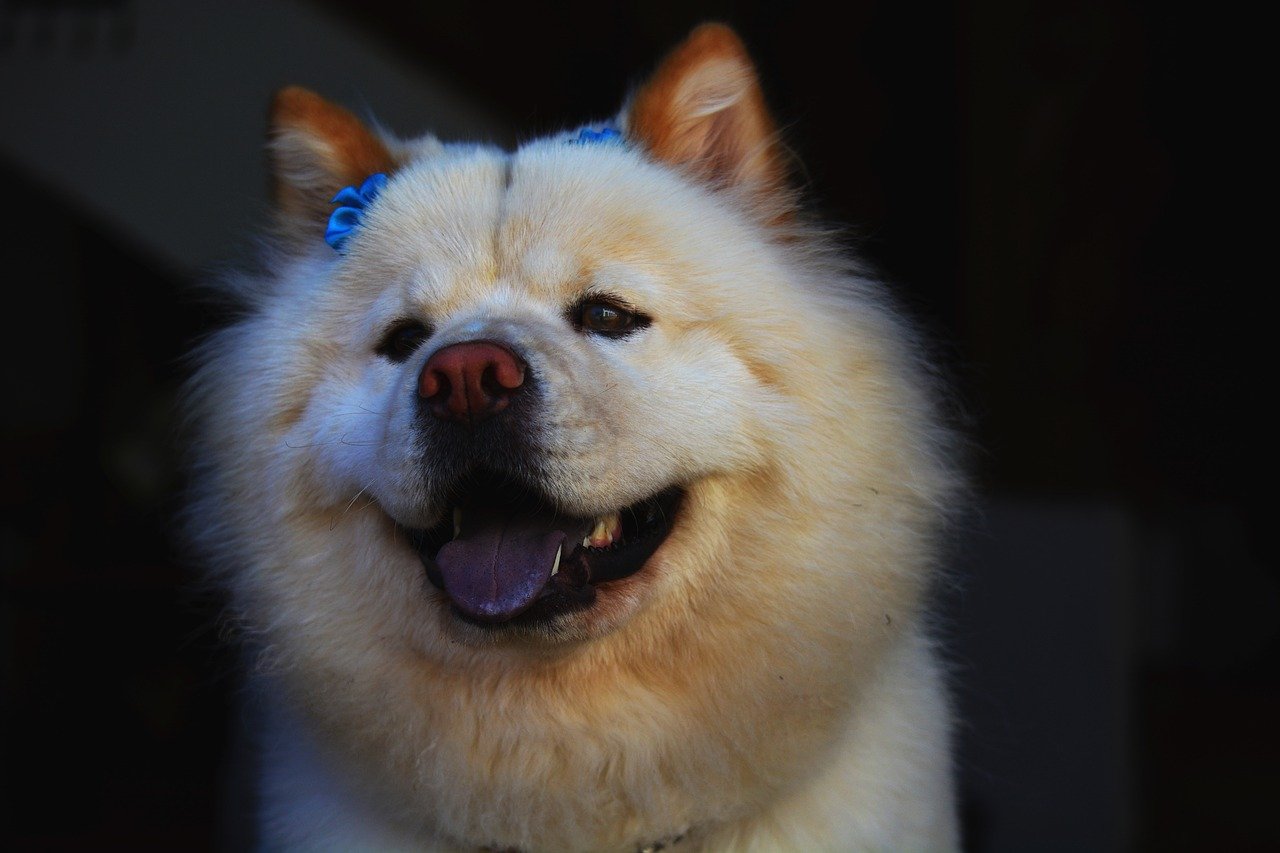
9. Dalmatian
Dalmatians are famous for their distinctive spots and association with firehouses. They are energetic and playful, but their high energy levels can be overwhelming. Dalmatians need plenty of exercise and mental stimulation to prevent boredom, which can lead to destructive behaviors. They are also prone to certain genetic health issues, including deafness and urinary stones. Their strong-willed nature requires firm, consistent training and socialization from a young age. While their appearance is striking, their high energy and potential health issues make them a challenging breed for many owners.
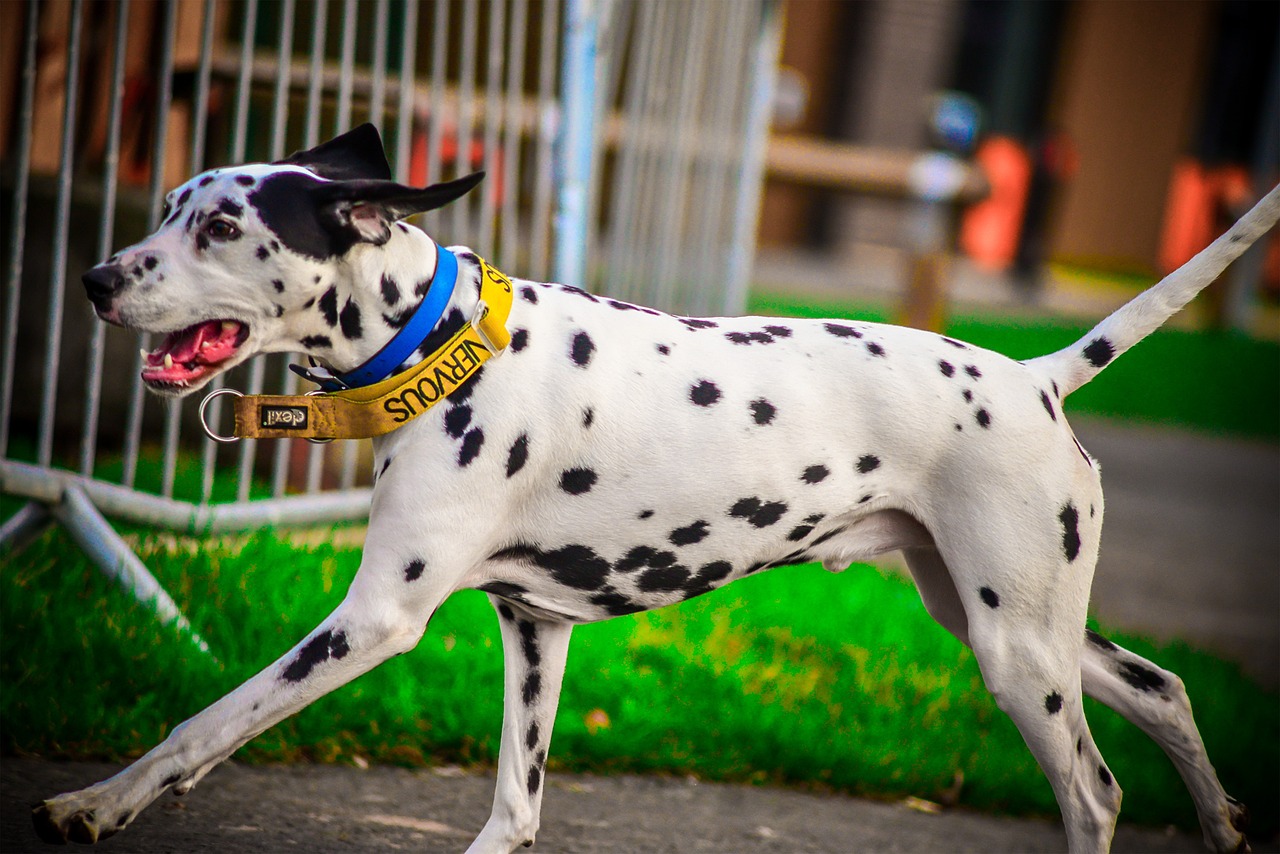
8. Akita
Akitas are majestic dogs known for their loyalty and protective nature. However, their independent and strong-willed personalities can be difficult to manage. Akitas require extensive training and socialization to ensure they are well-behaved and manageable. They are known for being territorial and can be aggressive towards other dogs, especially of the same sex. Akitas also has a thick double coat that sheds heavily during seasonal changes. Their strong guarding instincts and grooming needs make them better suited for experienced dog owners who can handle their unique challenges.
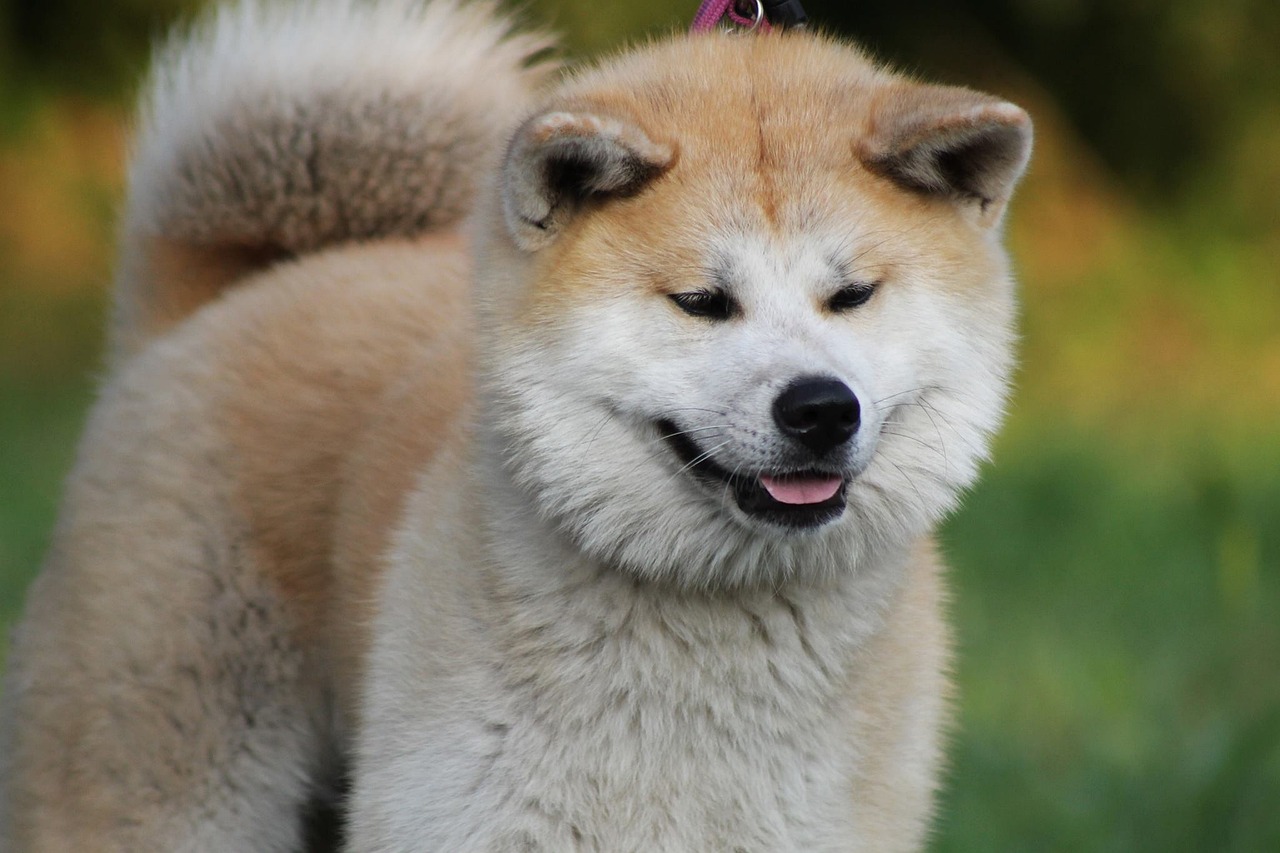
7. Beagle
Beagles are adorable and friendly, known for their excellent noses and merry personalities. However, their keen sense of smell can lead them into trouble. Beagles are notorious for following their noses, often leading them to wander off if not kept on a leash or in a secure yard. They are also highly energetic and require plenty of exercise to stay happy and healthy. Additionally, Beagles are prone to separation anxiety and can become vocal and destructive when left alone for extended periods. While their friendly nature is appealing, their wandering tendencies and energy levels can be challenging for the average owner.
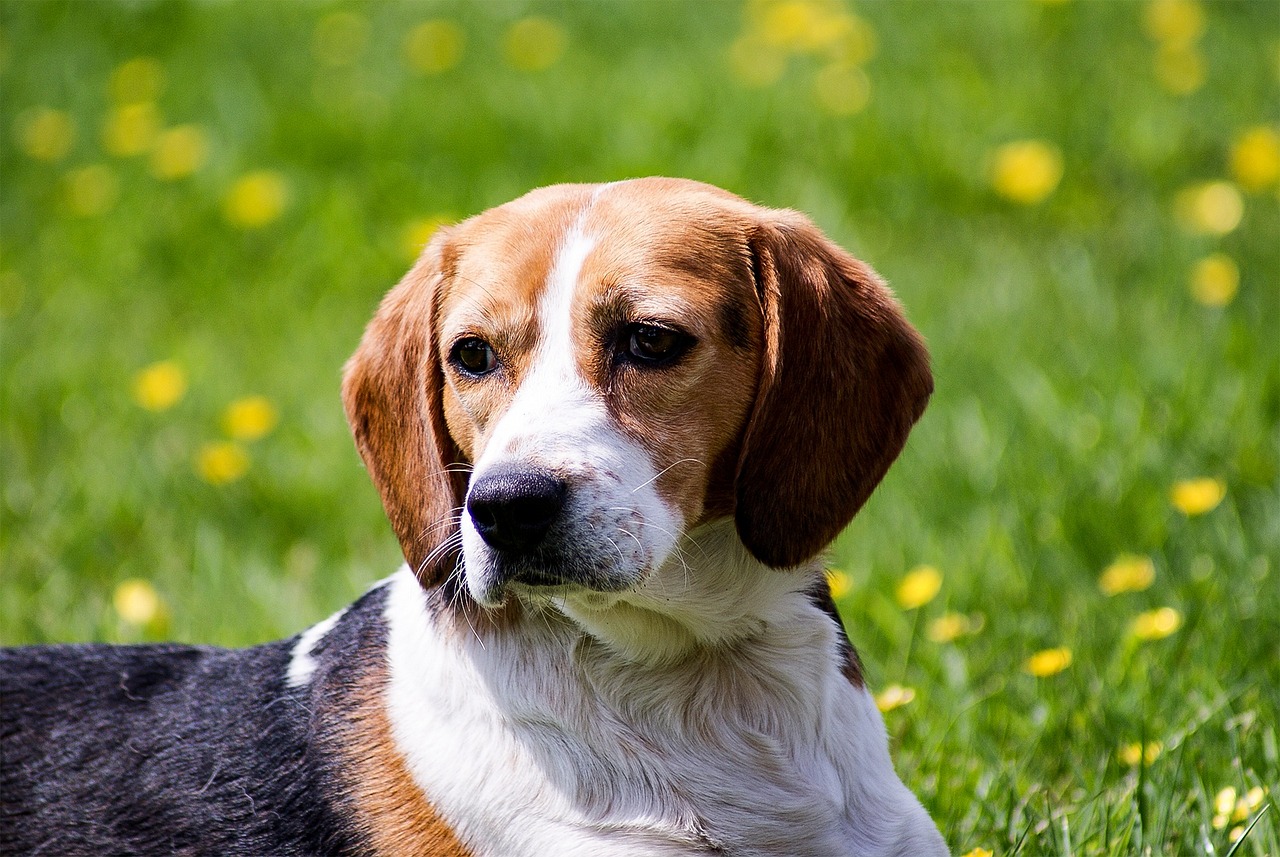
6. Border Collie
Border Collies are considered one of the most intelligent dog breeds, renowned for their work in herding and agility sports. However, their intelligence comes with a high mental and physical stimulation demand. Border Collies need plenty of exercise and tasks to keep their minds engaged, which can overwhelm those with a less active lifestyle. Without proper outlets for their energy, Border Collies can develop behavioral issues, including obsessive behaviors and destructiveness. Their intense drive and need for activity make them best suited for owners who can provide a highly active and stimulating environment.
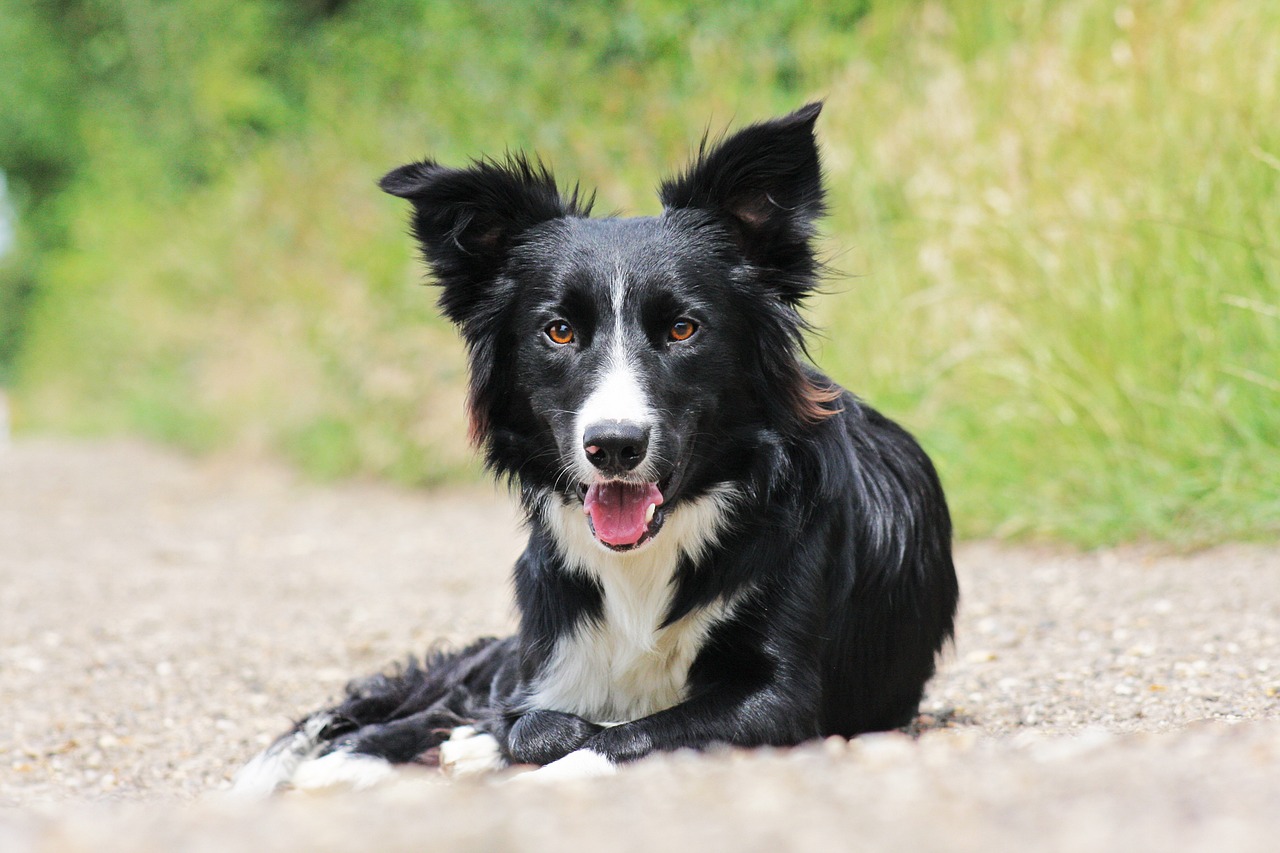
5. Jack Russell Terrier
Jack Russell Terriers are small, energetic dogs with a big personality. They are known for their intelligence and spirited nature, which can make them both entertaining and challenging. Jack Russells require a lot of exercise and mental stimulation to keep them from becoming bored and destructive. They are also known for their strong prey drive and tendency to dig, which can be problematic in a typical household setting. Training a Jack Russell requires patience and consistency; their high energy levels can be too much for some owners. Despite their small size, they need much attention and activity to thrive.

4. Alaskan Malamute
Alaskan Malamutes are beautiful, strong dogs bred for endurance and working in harsh conditions. Their majestic appearance and friendly nature can be appealing, but they require significant exercise and mental stimulation. Malamutes are known for their independent and stubborn streak, making training a challenge. They also have a high prey drive and can be difficult to manage around smaller animals. Their thick double coat sheds heavily and requires regular grooming. Malamutes are best suited for experienced owners who can provide the necessary exercise, training, and grooming to keep them happy and healthy.
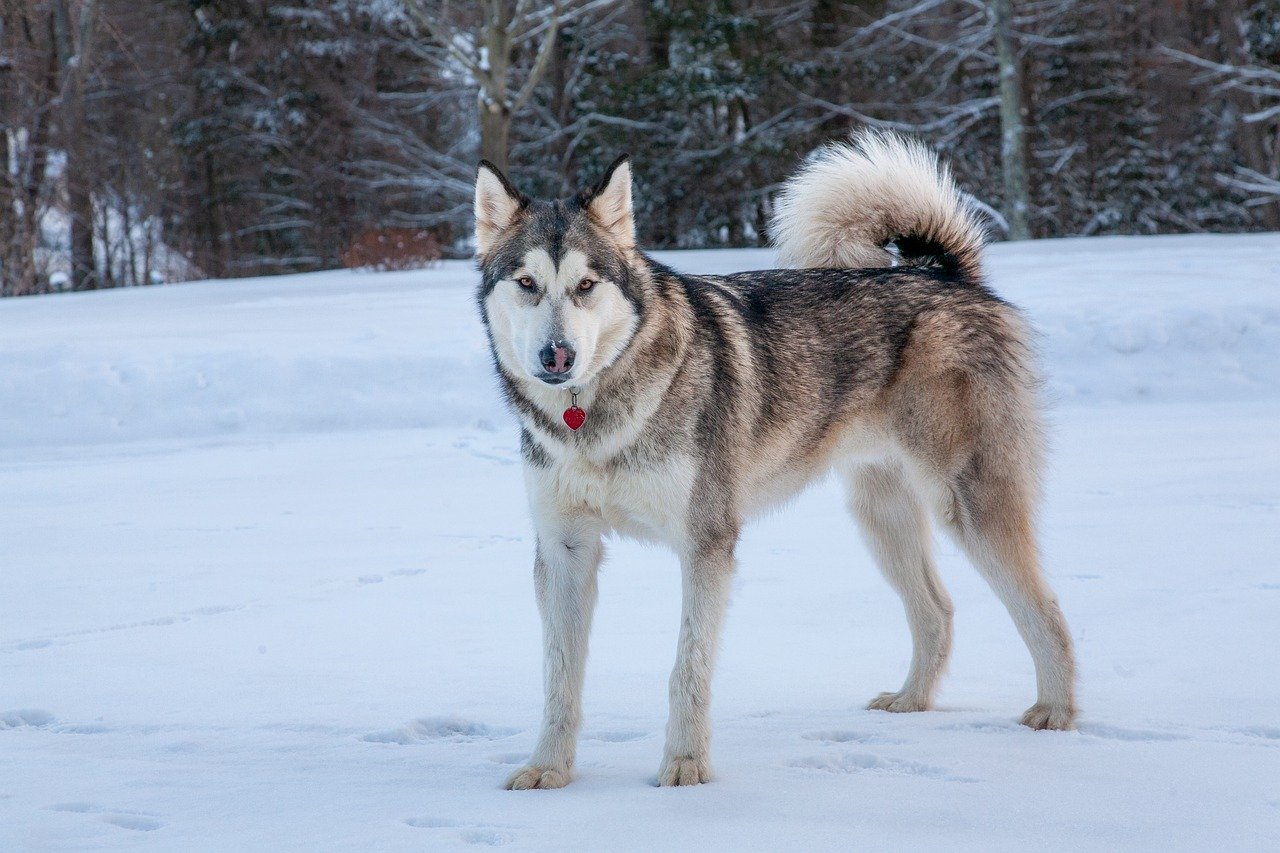
3. Belgian Malinois
Belgian Malinoiss are highly intelligent and energetic dogs often used in police and military work. Their intense drive and work ethic make them excellent at what they do, but these traits can be overwhelming for the average pet owner. Malinois need a lot of physical and mental exercise to keep them from becoming bored and destructive. They are also highly protective and require consistent training and socialization. Without proper guidance, their energy and drive can lead to behavioral issues. Belgian Malinois are best suited for experienced handlers who can meet their high exercise and training needs.
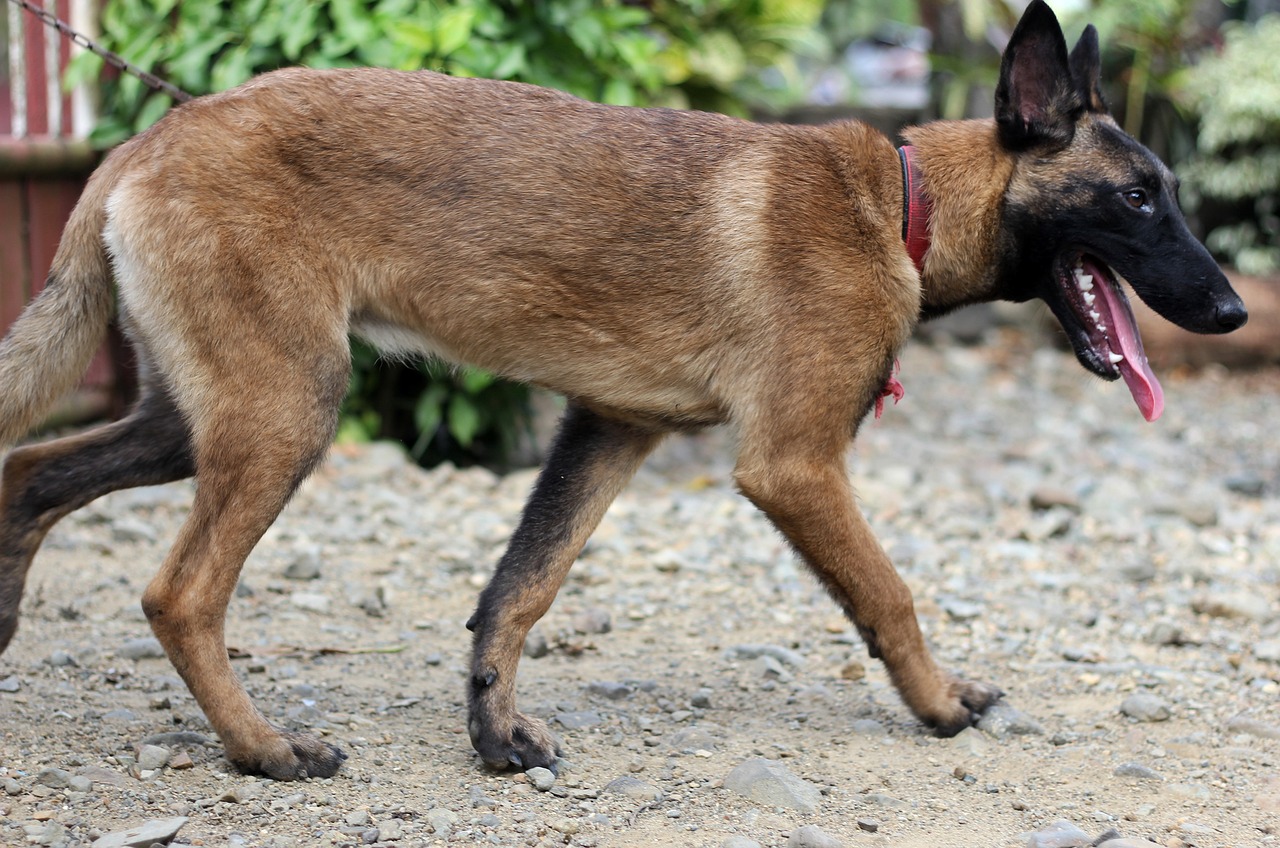
2. Weimaraner
Weimaraners are striking dogs with their sleek, silver coats and athletic build. They are known for their high energy levels and need for constant exercise and mental stimulation. Weimaraners can become highly destructive if not given enough activity and attention. They are also prone to separation anxiety and can be very vocal and clingy when left alone. Training a Weimaraner requires patience and consistency, and they need an owner who can provide the time and energy to keep them engaged. Their high energy and need for attention make them a challenging breed for many potential owners.
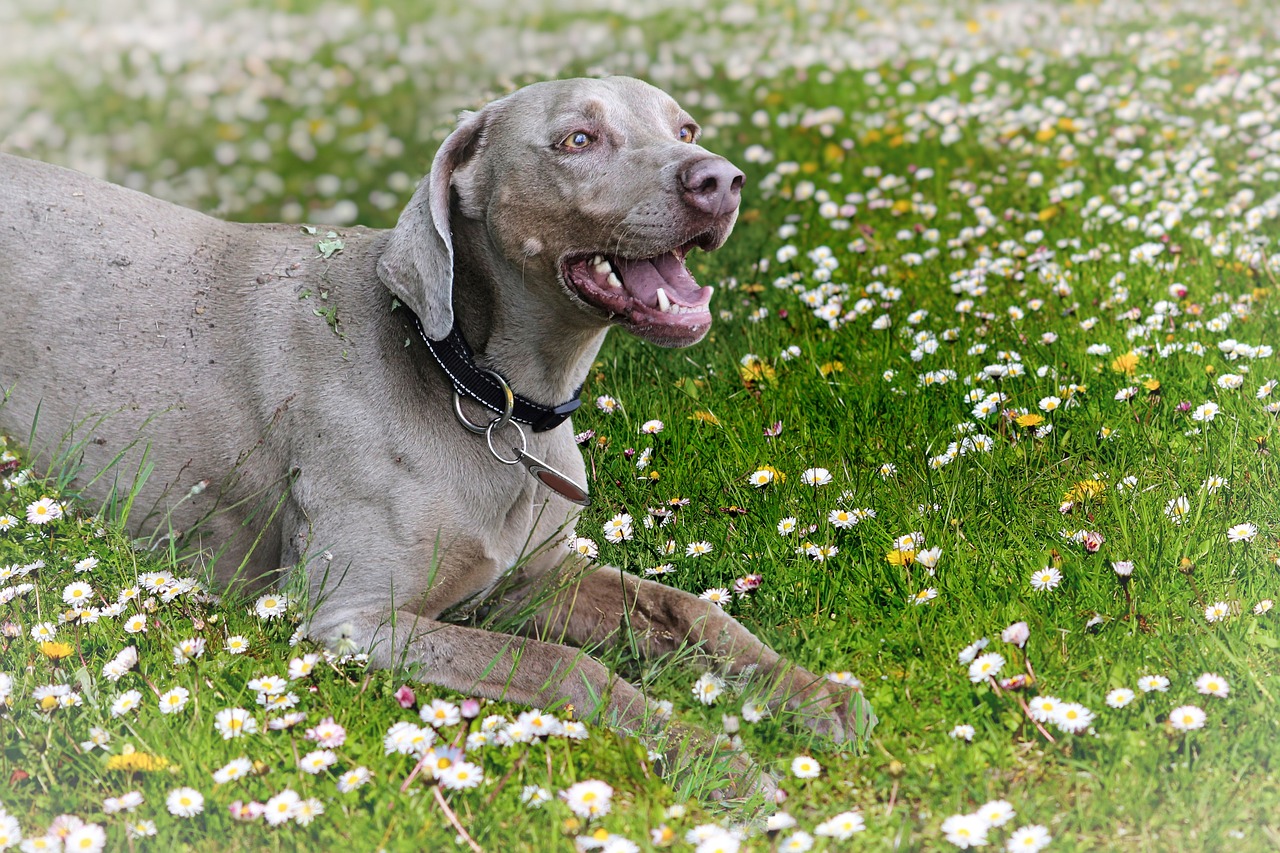
1. Siberian Husky
Siberian Huskies are beautiful dogs known for their striking appearance and friendly nature. However, their high energy levels and independent streak can make them challenging pets. Huskies require a lot of exercise and mental stimulation to prevent boredom, which can lead to destructive behaviors. They are also known for their escape artist tendencies, often finding ways to climb or dig out of enclosures. Training a Husky requires patience and consistency, and their strong prey drive can make it difficult for them to manage around smaller animals. While their beauty and friendly demeanor are appealing, their high energy and escape tendencies make them a poor choice for many potential owners.

Choosing the right dog breed involves more than just falling in love with their appearance or reputation. Each breed has its own challenges and needs that must be carefully considered. By understanding the demands and characteristics of these 12 breeds, prospective dog owners can make more informed decisions and find a breed that truly fits their lifestyle and capabilities.
 Toledo, United States.
Toledo, United States.
